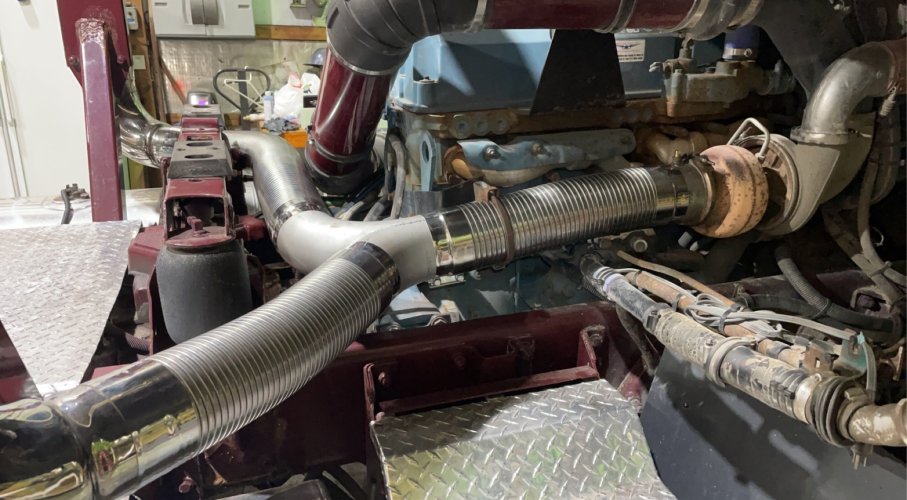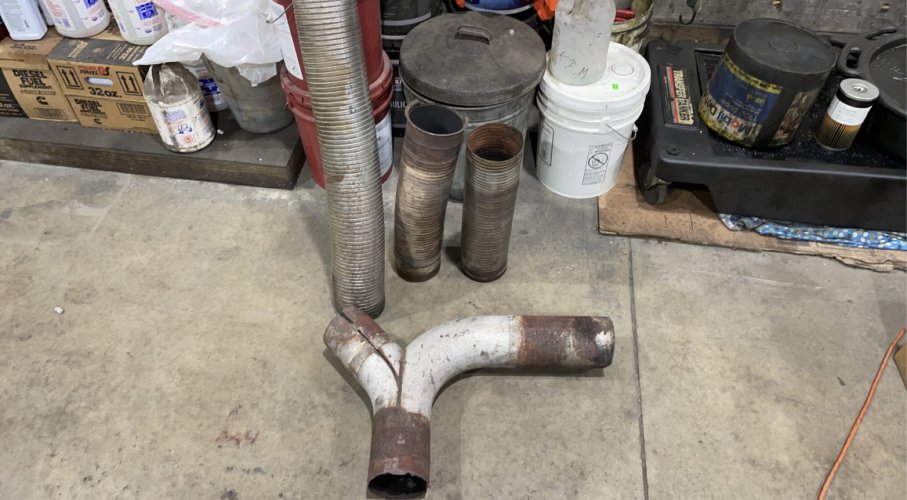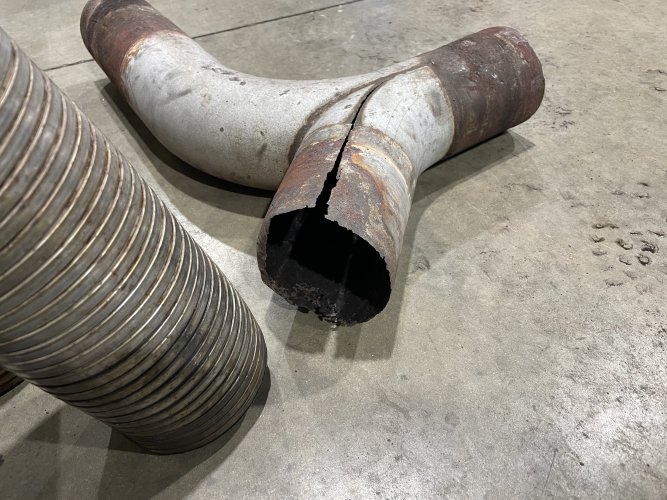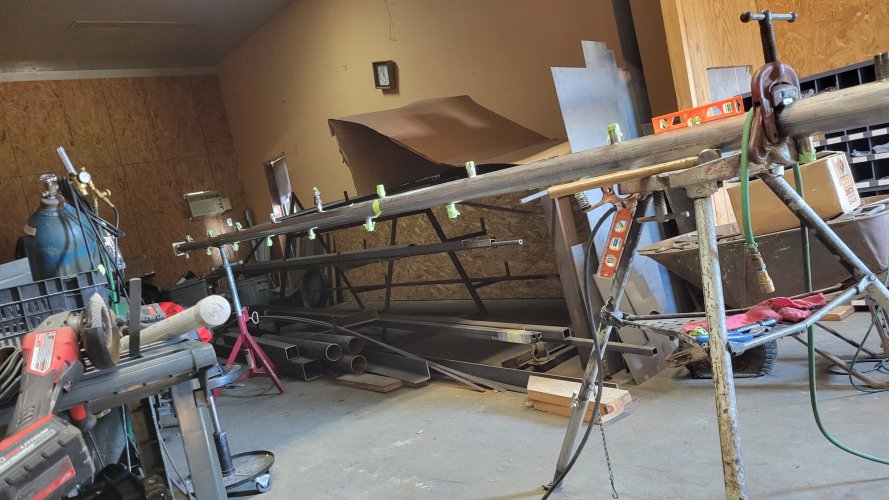np307
Well-known member
Use a drop to dial in your settings and make sure your fits are good to give yourself the best chance at success. Check a couple youtube videos to see what the puddle is supposed to look like. I've seen worse welds than yours in the field by people who charged a customer for them, so I wouldn't worry too much.I know it’s really thought, but for a few hours of work I’m just happy I didn’t light anything on fire. I’ll keep practicing and refining things moving forward (I might grind most of the welds out and lay them down again at some point). I am building a 20’ tall tripod tower to drop a 250’ weight from, for a testing project.












